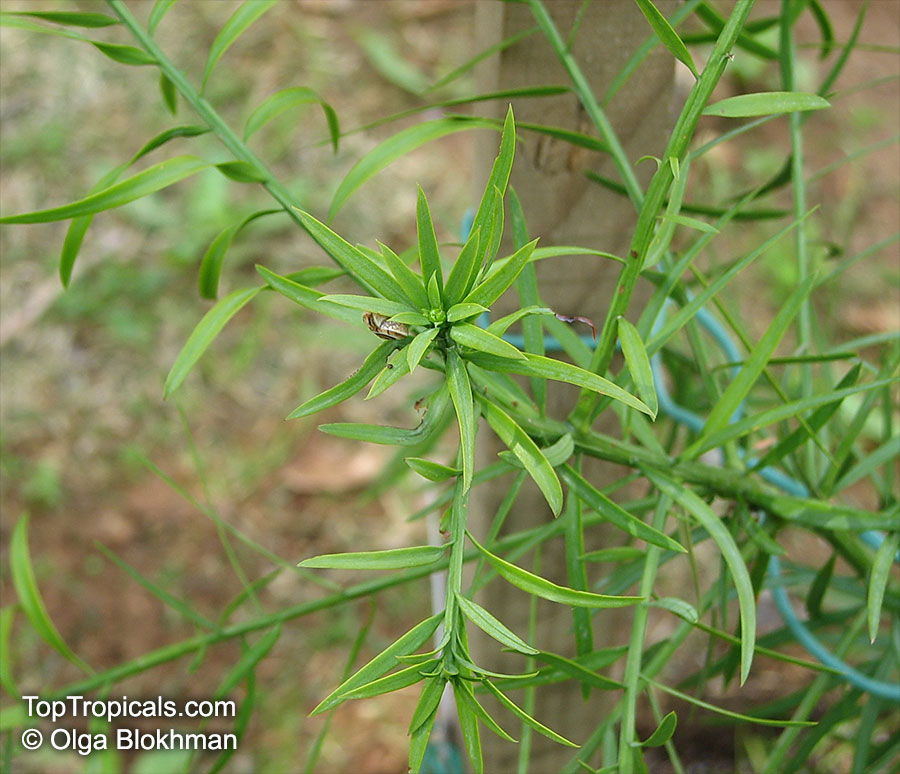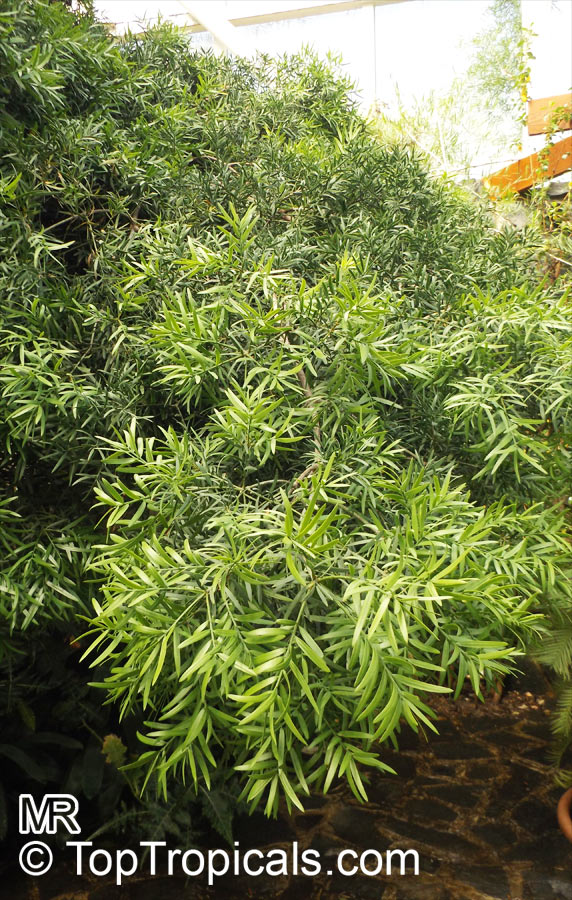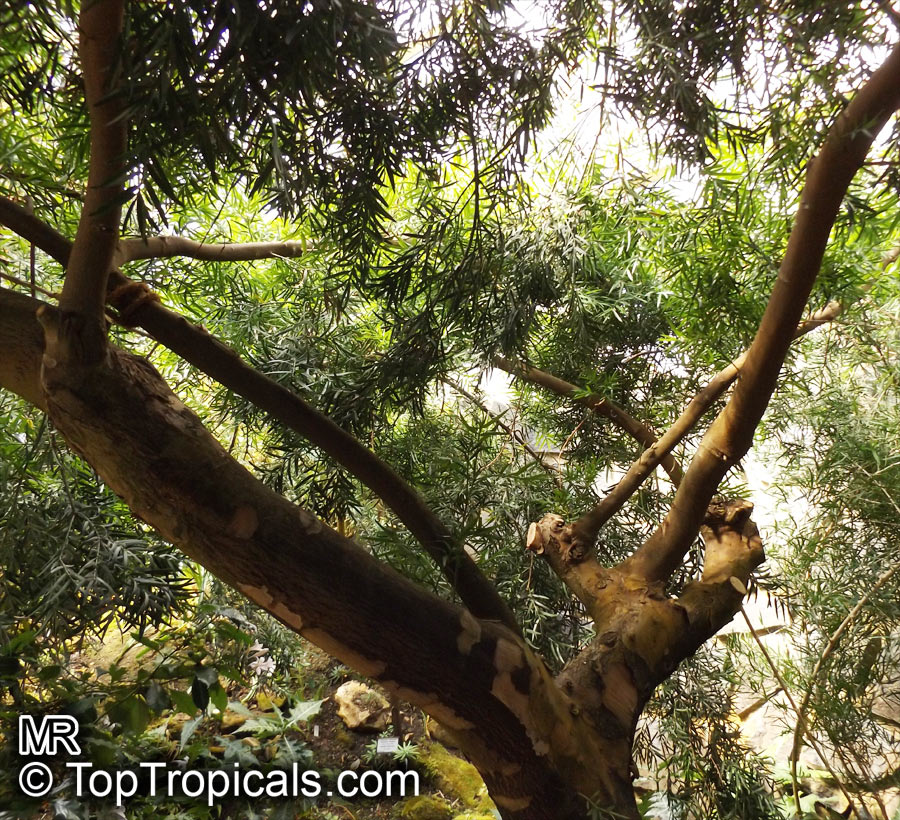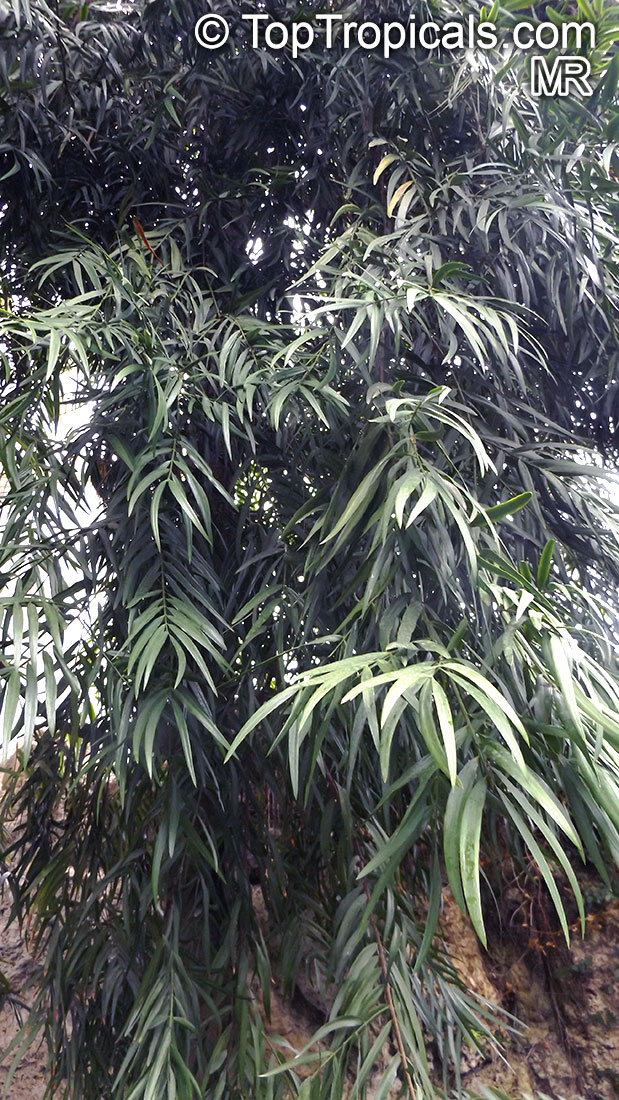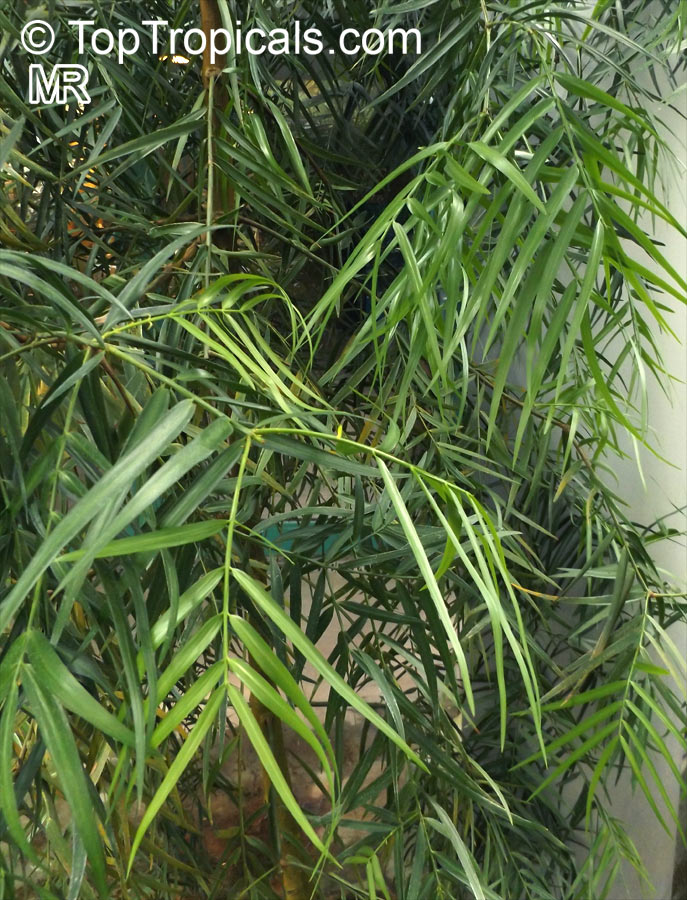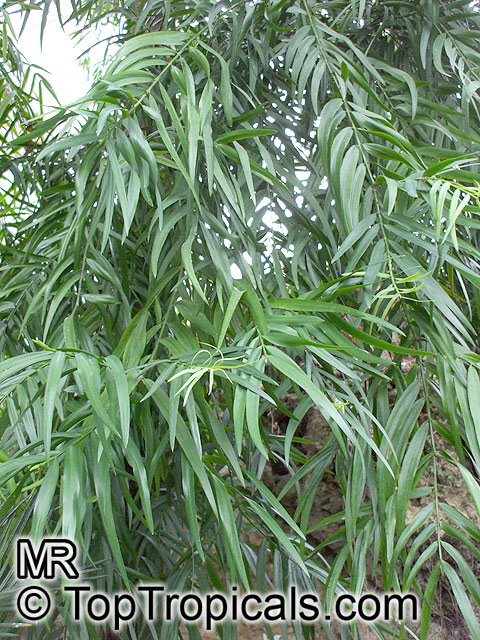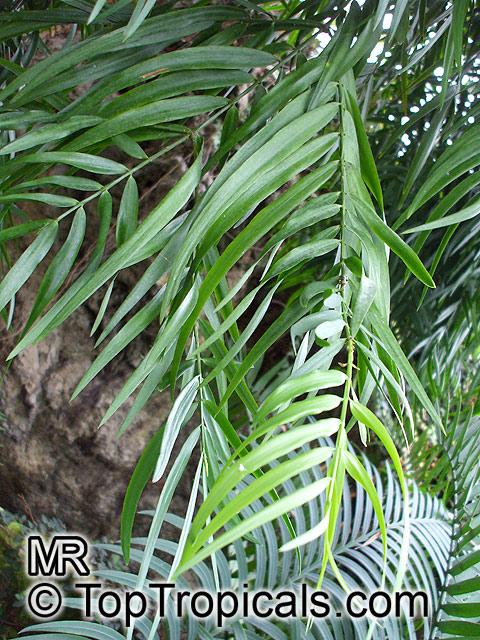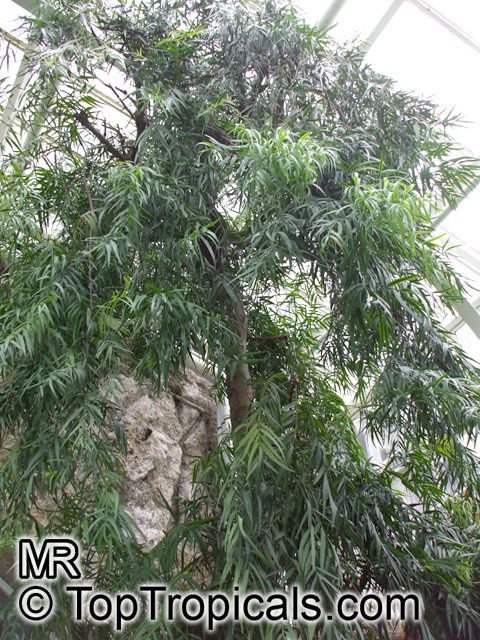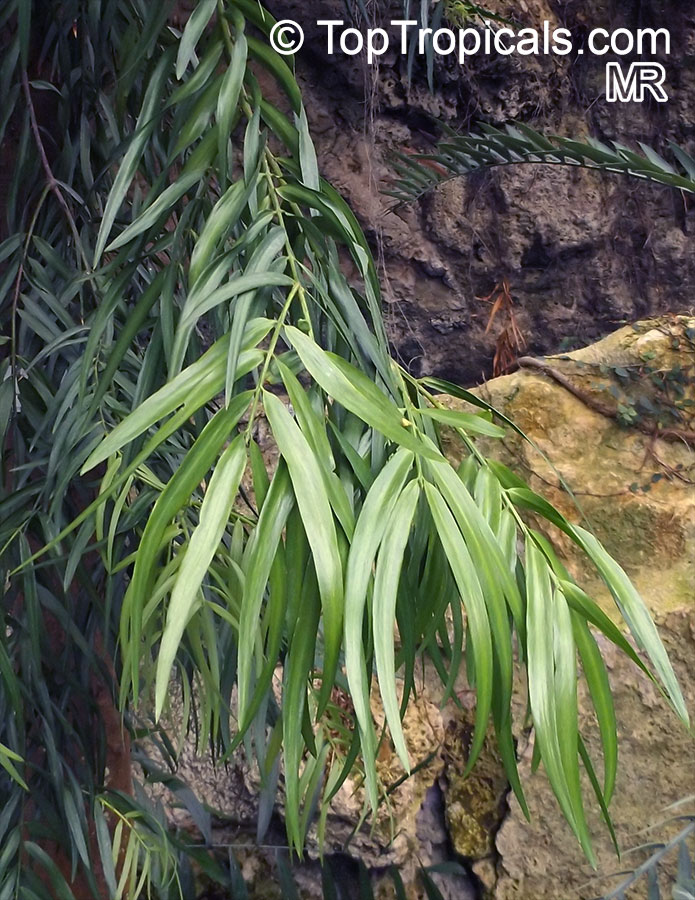Afrocarpus - Search results
| Number of plants found: 3 |
Botanical names: Afrocarpus falcatus, Podocarpus falcatus
Common names: Common Yellowwood, Bastard Yellowwood, African Pine Tree, Weeping Yew
Family: Podocarpaceae
Origin: South Africa






Botanical names: Afrocarpus gracilior, Podocarpus gracilior
Common name: African Fern Pine
Family: Podocarpaceae
Origin: Eastern Africa







Can grow up to 20 to 40 ft tall and make a lovely addition to any garden. This native to Eastern Africa can also be used to create a bonsai, because it has an attractive shape with graceful drooping foliage.
This evergreen grows best in full sun or semi-shade that has excellent drainage. It thrives in well-drained soil with a regular supply of water, especially during the dry season. To maximize its growth potential, the soil should be acid or neutral.
This tree can usually survive in USDA Zone 9-11, however it can become vulnerable to frost or a sharp decrease in temperatures. If you are in a colder climate, it can be grown in a pot and taken indoors during the cold season for additional protection. When potting and growing indoors, it needs a well-drained soil and full sun to look its best. It is a water-loving tree, so we recommend providing a moderate water supply, especially during the summer months.
In conclusion, Afrocarpus gracilior is an attractive and graceful evergreen that, with proper care and cultivation, can grow up to 40 ft tall and make a nice addition to any home or garden. For those living in colder climates, the tree can be grown in a pot and taken indoors during the winter season to avoid frost damage. With regular supply of water, full sun and a well-drained soil with neutral to acid pH, this tree will thrive.
Botanical names: Afrocarpus mannii, Podocarpus mannii
Common name: Afrocarpus
Family: Podocarpaceae
Origin: Tropical Africa




Afrocarpus mannii is a small tree, reaching up to 10-20 feet tall. It has a dense canopy of slender, dark green leaves, and bears small, oval, navy-blue cones.
Native to Tropical Africa, this unique tree requires quite particular care in order to thrive. This species requires full sun exposure, in semi-shaded areas, to ensure continual growth and healthiness. Regular watering is necessary, though too much water may lead to root rot, so a careful balance should be sought.
In USDA hardiness zone 9-11, Afrocarpus mannii grows well outdoors, though it can also be grown in a pot in cold regions as long as special care is taken to keep it healthy. In containers, an appropriate soil mix should be used, and the tree should ‘rest'â in winter, with limited watering and fertilization. If the temperature drops to around 45-50 degrees Fahrenheit, it may need some additional protection. Furthermore, the roots should be kept cool, so they remain dormant during the cold months.
In warmer climates, Afrocarpus mannii will grow vigorously and may require frequent pruning in order to maintain its desired shape and size. When pruning, take caution to not remove too much at once as this could weaken the tree and increase the risk of disease.
Afrocarpus mannii is a unique and exotic addition to any garden, with its unique dark green leaves and small, navy blue cones. This species requires special care and attention in order to thrive, but its unique beauty makes it a great reward for any gardener.
Use link to repeat this search:
https://toptropicals.com/cgi-bin/garden_catalog/cat.cgi?find=Afrocarpus&search_op=and&keyword_op=and&language=e&number=10
&no_change_lang=1&user=tt&sale=1&first=0
